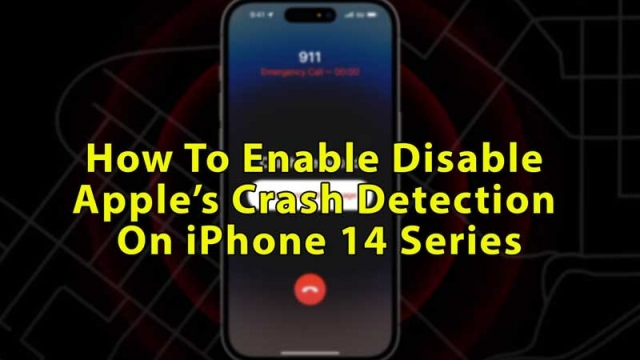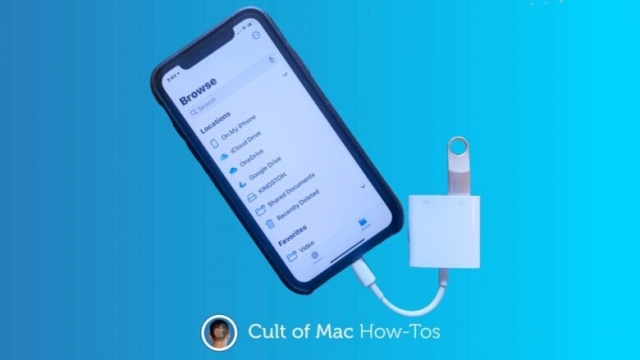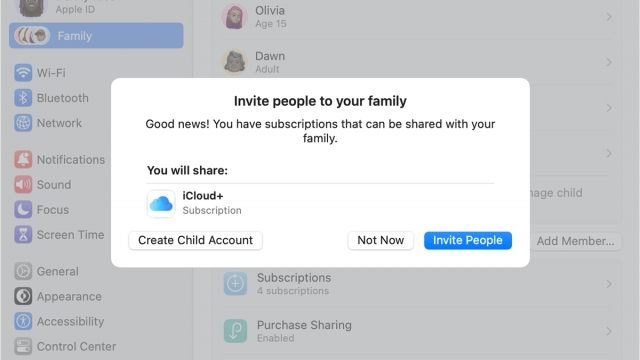
When you buy an iPhone or Apple Watch, you can choose to activate crash detection. This can be a very important safety feature, especially when you are traveling. You will get alerts if someone gets into an accident in front of you. If you turn this option on, you can use your phone to call emergency services. However, you may also need to learn how to turn this function off.
Roller coasters
Roller coasters have been getting in the way of Apple’s automatic crash detection feature. This is supposed to help users call emergency services in the event of a car crash.
Crash detection is an alert that is meant to notify first responders of a severe crash or fall. The feature uses a combination of GPS, speed, and pressure measurements to trigger a warning that a crash is imminent. It will also send a text message to emergency contacts.
Many roller coasters create high g-forces, which can trick the device’s sensors into thinking that a crash has occurred. If you ride a roller coaster, you might want to disable the feature on your iPhone or Apple Watch.
If you want to turn off the feature, go to settings. There are external screws on the back of the Apple Watch. These can be used to disable the feature, but it will still be active.
Skiing
If you’re an Apple Watch or iPhone owner, you may have encountered a false alarm recently. Crash detection is built into your device, but it’s not always accurate. And that’s bad news for active skiers.
Skiing is one of the many activities that activates the Crash Detection feature, but it’s not necessarily the smartest thing to do. This is because it can set off an automatic 911 call.
The feature is based on an algorithm that’s trained to detect crashes. It uses data from a number of sensors. But a recent investigation in Summit County, Utah has revealed that it’s setting off false alerts.
In October, emergency dispatchers in nearby ski resorts were receiving a large influx of calls. However, only a few were actual emergencies. For most of them, the phone’s crash detection feature sent an automated message to the nearest emergency call center.
Fortunately, the problem was fixed in iOS 16.2 software. This update also introduced a new Crash Detection feature that was specifically designed to help users avoid a crash.
Car accidents
The iPhone and Apple Watch have been collecting anonymous data from users about car accidents. Apple has used this data to improve its crash detection algorithms.
This new feature allows Apple Watch to detect front and rear impacts, as well as rollovers. It also calls emergency services when a crash has occurred.
In addition to using the accelerometer and gyroscope to detect the impact, the device can communicate with emergency services, send medical information to responders, and display a warning screen. Using this information, a responder can find the exact location of the crash.
To use the feature, users simply need to enable Location Services for Emergency SOS. Once they do, a message will play on the iPhone stating the owner of the car is in a severe crash. After 10 seconds, the device will automatically call emergency services.
Apple has been testing this feature for the last year. The company has collected data from over a million hours of real-world crashes, and simulated accidents with its Apple Watch.
Turning off alerts
If you have an iPhone and Apple Watch, you may be interested in turning off crash detection alerts. This feature will automatically call emergency services on your behalf when your device senses a severe crash.
While the technology is useful, some people report that it is causing false alarms. Fortunately, you can turn off crash detection and keep your family safe.
Turning off the alerts will ensure that they don’t divert resources away from real emergencies. You can do this in Settings or Emergency SOS.
Crash detection has been known to send false alerts when you’re involved in physical activities. For example, you may want to turn off the feature if you’re skiing or snowboarding. But if you’re not engaged in these activities, it’s probably best to let the feature run its course.
Luckily, if you do accidentally receive an alert, you have 20 seconds to reject it. Then, you’ll be prompted to call your emergency contacts.




